What is colour temperature?
Firstly, let's take a look at what exactly colour temperature is. The colour temperature of a bulb indicates whether tha bulb has a more orange/yellow or 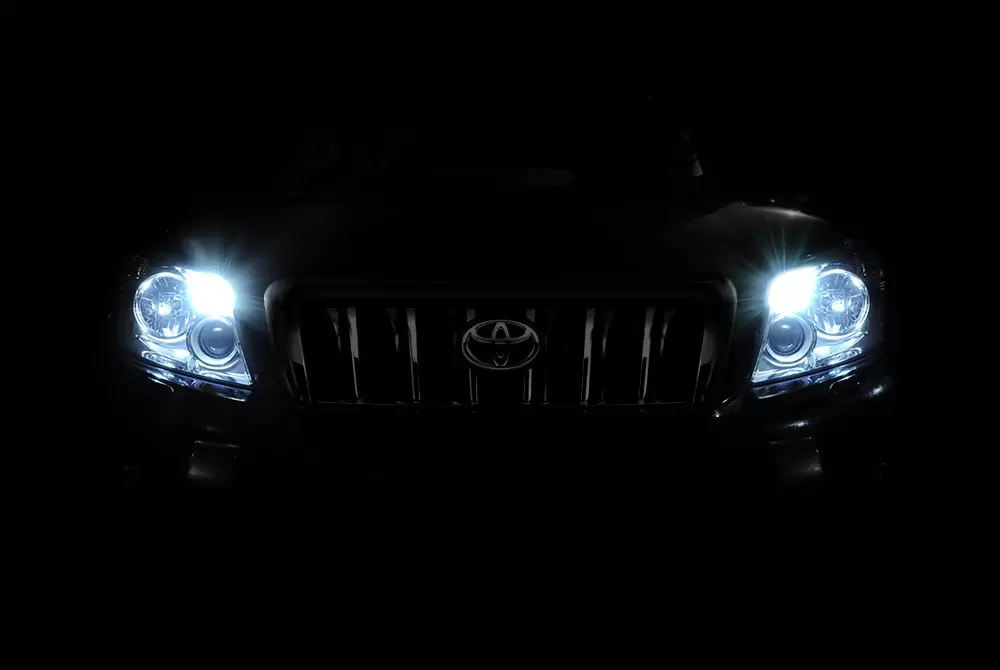 blue/violet colour. Bulbs with a lower colour temperature will be found on the more yellow end of the spectrum, and bulbs with a high colour temperature are more blue.
blue/violet colour. Bulbs with a lower colour temperature will be found on the more yellow end of the spectrum, and bulbs with a high colour temperature are more blue.
Colour temperature is measured in units called Kelvins (K). A bulb with a colour temperature of 3000K will look very yellow. On the other hand, 8000K will be almost completely blue. Most headlight bulbs fall somewhere in between, producing a pure white light.
HID vs. halogen
HID bulbs tend to have a higher colour temperature than halogen bulbs. This is due to the xenon gas filling inside the bulbs, which creates a blue colour and makes the bulbs very bright. For this reason, xenon HIDs with a high colour temperature are still often road legal.
Halogen bulbs don't naturally have the same blue colour - they have a lower colour temperature. However, due to the popularity of HIDs, some drivers want that blue look. Manufacturers of halogens are now producing bulbs with a much higher colour temperature.
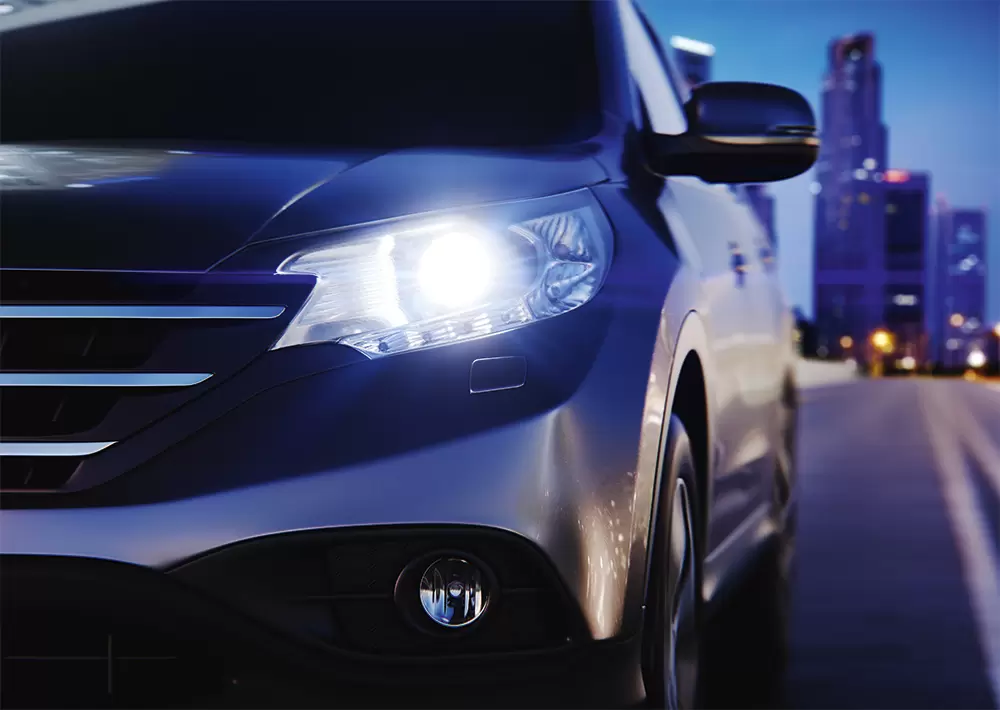 Because halogen bulbs don't contain xenon gas, the only way to get a cooler colour is by tinting the bulb itself. This can create problems with legality. The blue coating can make bulbs less bright, and give them an extremely blue look, which is not road legal.
Because halogen bulbs don't contain xenon gas, the only way to get a cooler colour is by tinting the bulb itself. This can create problems with legality. The blue coating can make bulbs less bright, and give them an extremely blue look, which is not road legal.
Thanks to these differences, halogen bulbs become non-road legal at a much lower colour temperature than xenon HIDs. This makes it impossible to definitively say which colour temperatures are road legal and which aren't.
Why aren't blue bulbs allowed on the road?
Even if you know all about colour temperature and the differences between HID and halogen bulbs, many drivers don't understand why blue headlight bulbs are not road legal. After all, as long as your headlights are bright enough, why shouldn't they be road legal?
Unfortunately, this is just the way the laws are written. When laws on headlights were created, HID bulbs didn't exist. In almost every country today, the law states that headlights must be either yellow or white. So, when your bulbs start to look more blue than white, you're breaking the law.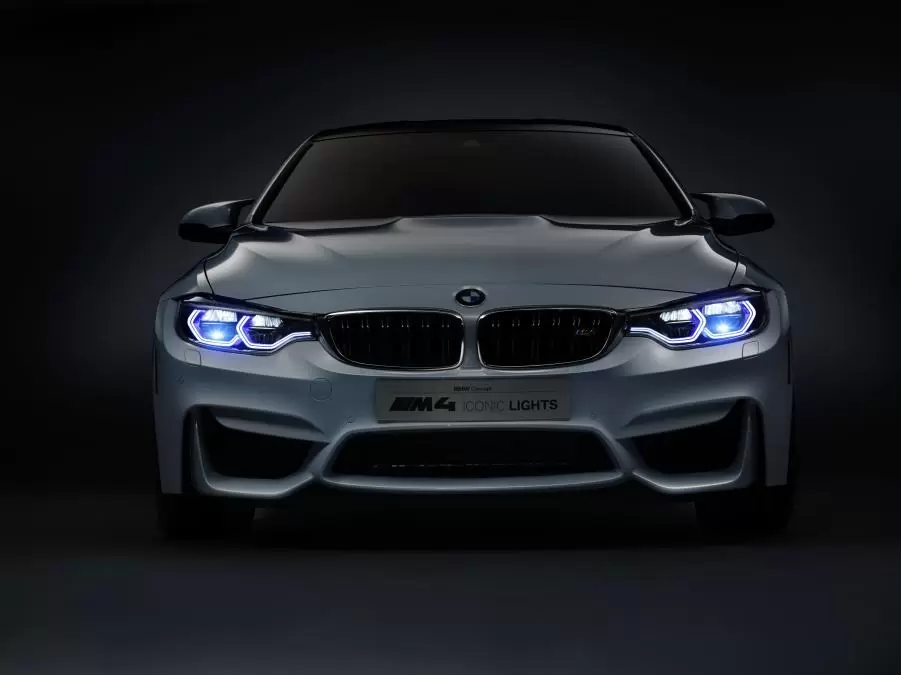
Of course, there is a good reason for this rule. Allowing headlights of any colour might be confusing and unsafe. Drivers must be able to tell when another vehicle is approaching. Uniform headlight colours make it easier to distinguish headlights from other lights on the road.
These laws also help drivers spot emergency vehicles. Police cars use blue lights when pulling over drivers or heading towards the scene of an emergency. When drivers see those blue lights, they know immediately to move out of the way. If other vehicles have blue headlights, it could create confusion.
If you're not sure whether your bulbs are road legal, check the packaging before installing them. Many styling bulbs are only meant for off-road use and will indicate this on the box. While they may look cool, using bulbs with a high colour temperature could get you a ticket or a fine.












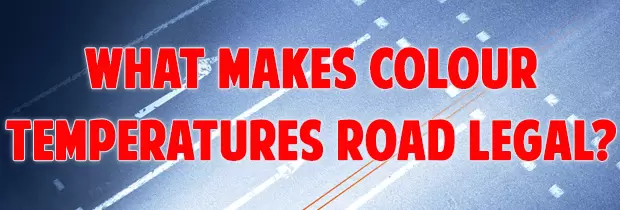

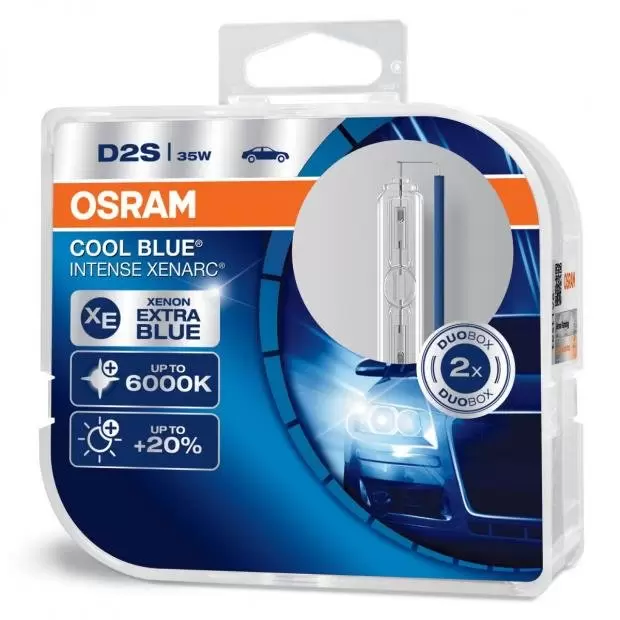












 Close
Close